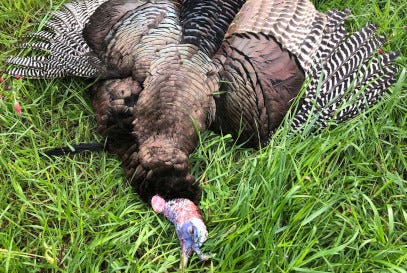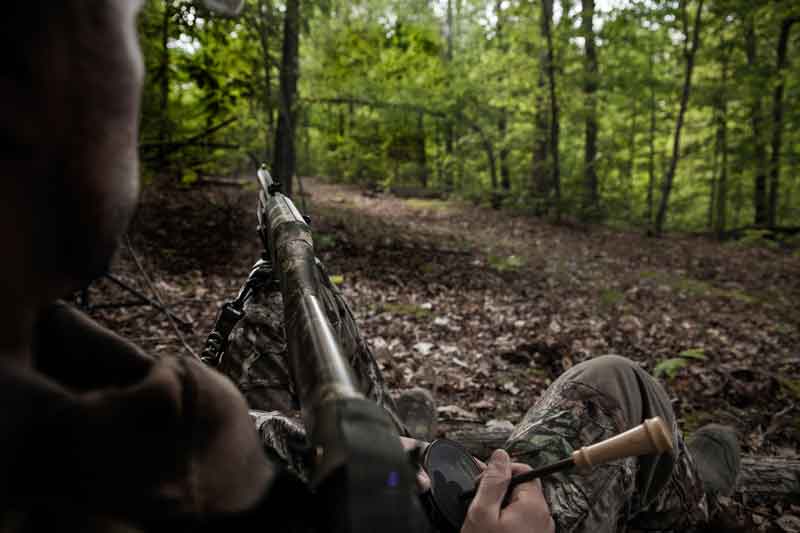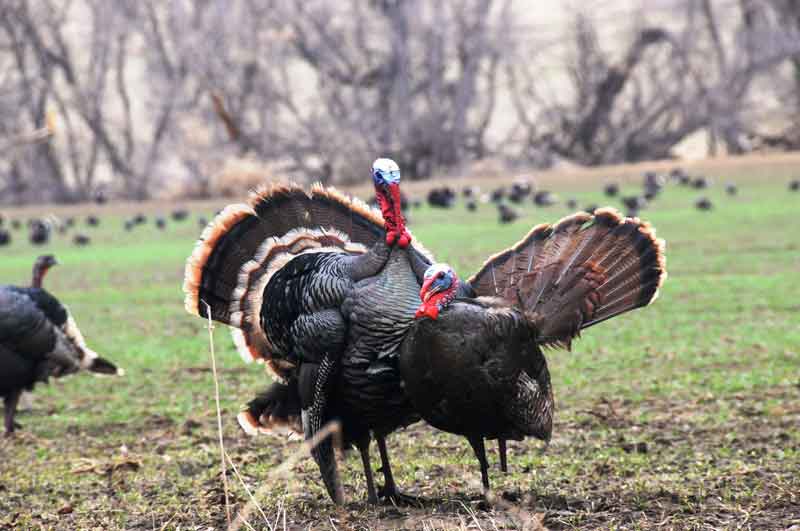- Apr 15, 2013
Three Predator Hunting Tips from Pro Tim Wells
Tim Wells is a Knight & Hale Pro Staffer who has hosted the television show Relentless Pursuits for the past nine years. He is a predator expert and offers these tips to help you in your predator hunting.
Save Your Predator Hunting Spots
Overcalling a hunting spot is the quickest way to burn it out. Hunters who normally place high and win in coyote contests save certain ranches back and don't even visit them prior to the day they arrive to hunt it for the contest. You should do the same - save back a hunting location or two for those days when you really want to kill a predator. Even then, use only one type of predator call and one type of sound, not giving away all of your tricks on your first trip to the location. If you're going to create coyote vocalizations, then stick to a howler coyote call. Don't get impatient and switch to a prey-in-distress call. If they don't respond to your howls and barks, back out of there and go elsewhere. Come back several days later and try the prey-in-distress coyote call.
Call Quietly, Kill Quietly
Start your predator calling sequences quietly. There are several reasons for this. First, you have no idea how close you already are to a coyote. If your first note is at volume level 11, all you'll see is a coyote turning inside out and shooting across the valley like a bullet. Second, quiet calling can be more effective that loud-mouthing the predators. Your predator calls go farther than you think, and predators hear better than you may imagine. If you're coyote hunting in big, wide-open country, get loud only after you've called quietly for a while.
Start with a small caliber rifle or your bow on your first trips out to a certain calling location. A small caliber rifle or bow makes less noise than bigger-bores and you won't be educating other coyotes or bobcats in the area when you make that first kill. Also, when you make a kill – especially with a quiet rifle or bow – stay still and quiet. No high-fives, loud shouts of exaltation or quick runs to grab the critter. In many cases there's another predator or two out there, and as soon as you jump up to run claim your coyote another will be educated.
High-Pressure Area Predator Calling Spots
When predator hunting on public land or areas that others have already worked, go the extra mile to avoid setting up where everyone else does. Everybody calls from the high spot overlooking the valley with cover and shade. And you don't think the local coyotes know that?
Go the extra mile. Get farther into the valley before setting up. You may not be able to see as far, but you may see more success simply because you're not in the same spot as everyone else.



